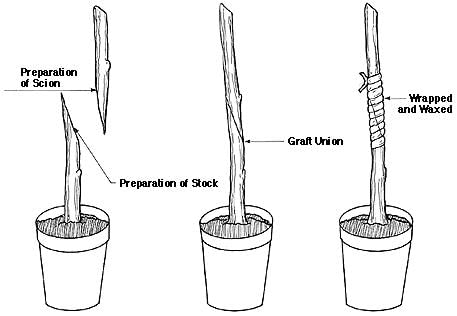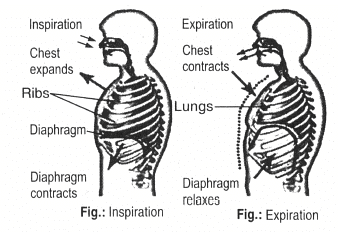Test: The World of the Living - 2 - CTET & State TET MCQ
30 Questions MCQ Test - Test: The World of the Living - 2
Which chamber of heart receives oxygenated blood from pulmonary circulation?
What is the role of white blood cells (WBC) in the blood?
The mode of vegetative reproduction in which scion and stock are tied is called
The vessels that transport water and minerals are called
Within the reproductive structures of flowering plants, where is the site of male gamete formation?
In plants, which type of flowers possess both the male reproductive structure (androecium) and the female reproductive structure (gynoecium)?
The urine from kidneys passes to urinary bladder through
In flowering plants, which structure serves as the enlarged basal portion of the pistil and contains ovules that develop into seeds upon fertilization?
Which of the following do not produce asexual flower?
Organisms that obtain their food from others are called
______ is used for the production of alcohol and wine.
Type of reproduction in which fusion of male and female gametes takes place is called
The transfer of larva into adults through drastic change is called
Which one of the following transport oxygen to different parts of the body?





















